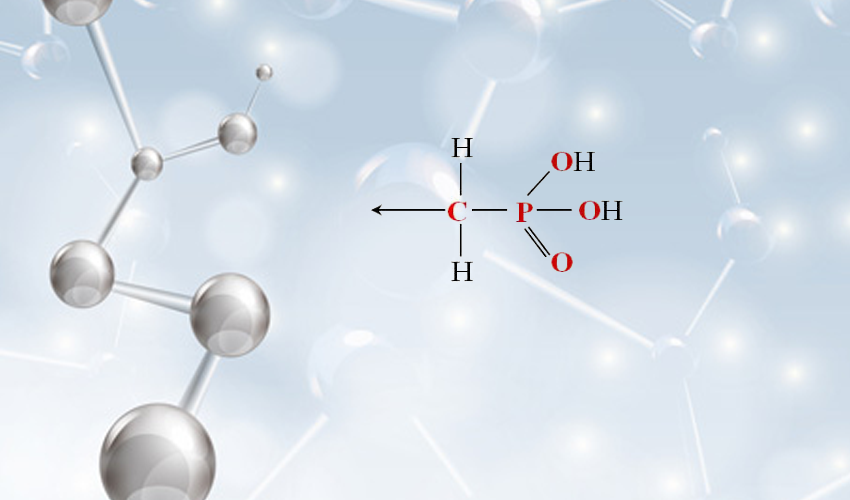Understanding the Properties and Applications of Polyaluminium Chloride in Water Treatment
Understanding Polyaluminium Chloride (PAC) and Its pH Implications
Polyaluminium chloride (PAC) is a widely used coagulant in water treatment processes, especially in municipal drinking water purification and industrial wastewater treatment. Its effectiveness in removing impurities from water has made it a preferred choice over traditional coagulants such as aluminum sulfate. One significant aspect of PAC is its pH level, which plays a critical role in its function and effectiveness in water treatment applications.
Understanding Polyaluminium Chloride (PAC) and Its pH Implications
The pH of water affects the ionization of aluminum species in PAC, thus influencing the coagulation process. Generally, PAC performs optimally in a pH range of 5.5 to 7.5. Within this range, the aluminum ions interact effectively with negatively charged colloids and contaminants, facilitating the agglomeration and sedimentation of these particles. If the pH is too low (acidic), there is an increased risk of aluminum solubility, which can lead to the release of toxic aluminum ions into the water. Conversely, if the pH is too high (alkaline), the coagulation process is diminished as aluminum hydroxide precipitates can become less effective at binding particles.
polyaluminium chloride ph

Understanding the pH implications when using PAC is crucial for water treatment operators. Regular monitoring of water pH is essential to ensure optimal conditions for coagulation. Adjustments can be made through the addition of acids or bases to maintain the desired pH levels. Furthermore, the alkalinity of the water also plays a pivotal role. In waters with high alkalinity, PAC can maintain effective coagulation even at slightly higher pH levels, allowing for flexibility in treatment processes.
Another important consideration in the use of PAC is its dosage. The appropriate amount of PAC to be added depends on the characteristics of the water, including its turbidity, organic load, and initial pH. Over-dosage might lead to excessive aluminum residuals in treated water, which can pose health risks and affect water quality. On the other hand, under-dosage may not adequately remove impurities, leaving the water unfit for consumption.
Safety and regulatory standards around aluminum in drinking water have prompted the need for careful management of PAC use. The World Health Organization (WHO) has established guidelines on permissible aluminum levels in drinking water, highlighting the importance of controlling PAC dosage and ensuring pH balance during treatment processes.
In conclusion, the role of pH in the effectiveness of polyaluminium chloride as a coagulant cannot be understated. Water treatment facilities must be vigilant in monitoring pH levels and adjusting them accordingly to optimize coagulation outcomes. By maintaining the ideal pH, operators can enhance the performance of PAC, ensuring the production of clean, safe water free from contaminants. As water scarcity and quality issues become increasingly pressing worldwide, understanding and properly managing the interplay between PAC and pH will play a fundamental role in the future of water treatment technology.
-
Dodecyldimethylbenzylammonium Chloride: High-Purity DisinfectantNewsAug.30,2025
-
2-Phosphonobutane-1,2,4-Tricarboxylic Acid: Scale & CorrosionNewsAug.29,2025
-
Premium Isothiazolinones | Broad-Spectrum Biocidal SolutionsNewsAug.28,2025
-
LK-319 Special Scale And Corrosion Inhibitor For Steel Plants: Advanced Solutions for Industrial Water SystemsNewsAug.22,2025
-
Flocculant Water Treatment: Essential Chemical Solutions for Purification ProcessesNewsAug.22,2025
-
Isothiazolinones: Versatile Microbial Control Agents for Industrial and Consumer ApplicationsNewsAug.22,2025





